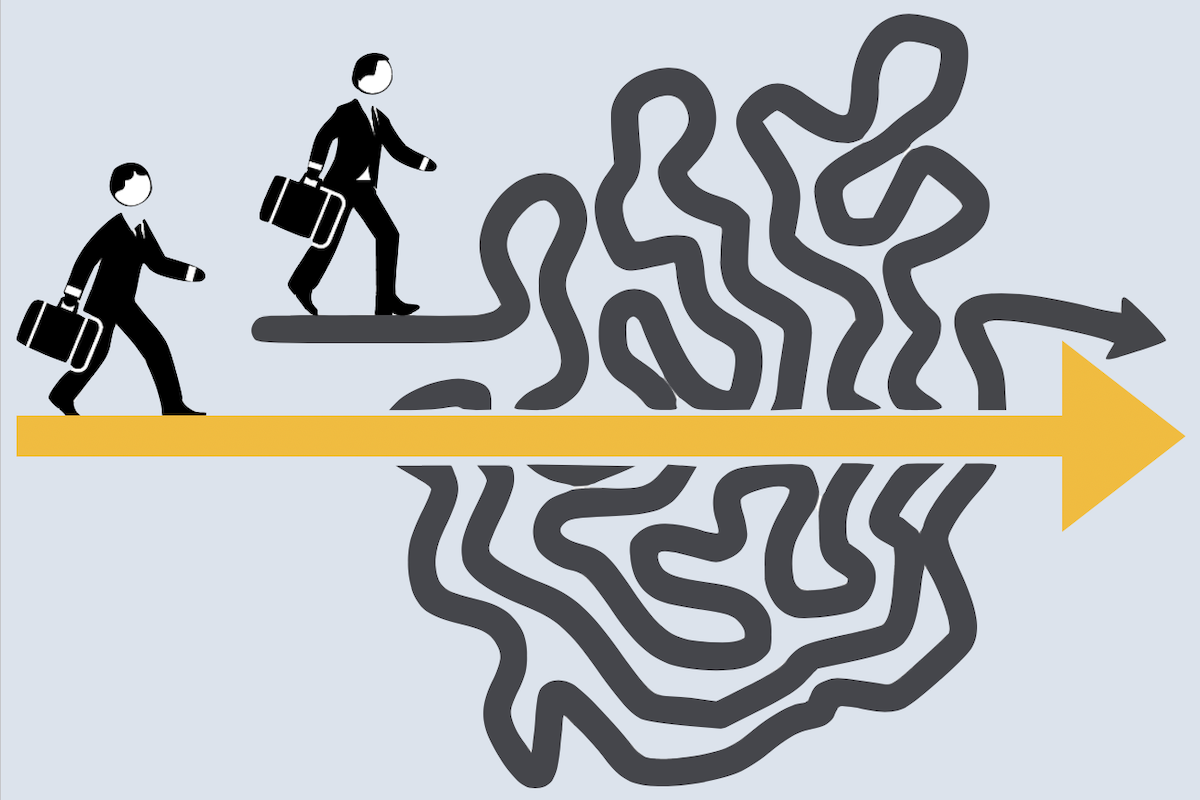 A popular abbreviation for problem solving is called representativeness heuristics. In mathematics, the most common heuristics include the use of visual representations, additional assumptions, backward reasoning, and simplification. Heuristics are cognitive abbreviations that can be used to reduce the complexity of a decision. Heuristics is defined as a cognitive abbreviation or rule of thumb – a strategy that shortens decision-making time and allows people to work more efficiently without committing to the next course of action – that simplifies a decision under conditions of uncertainty. Heuristics work well in most cases, but can lead to systematic errors and cognitive distortions in certain cases.
A popular abbreviation for problem solving is called representativeness heuristics. In mathematics, the most common heuristics include the use of visual representations, additional assumptions, backward reasoning, and simplification. Heuristics are cognitive abbreviations that can be used to reduce the complexity of a decision. Heuristics is defined as a cognitive abbreviation or rule of thumb – a strategy that shortens decision-making time and allows people to work more efficiently without committing to the next course of action – that simplifies a decision under conditions of uncertainty. Heuristics work well in most cases, but can lead to systematic errors and cognitive distortions in certain cases.
Kahneman and Tversky distinguished themselves with a series of essays in which they suggested that people should make decisions under uncertainty by applying a small number of heuristics or thumb rules. These rules reduce complex calculations to simple judgments. Although useful, they also showed that such heuristics can lead to systematic errors. Heuristics are mental shortcuts that our brain uses to make decisions quickly and efficiently without having all the relevant information at its disposal and enables people to solve problems and make judgments. In the original psychological sense, these are automatic mental behaviours. We can distinguish between heuristics in decision-making and algorithmic decision-making. Heuristics (thinking as a rule of thumb) allows us to make quick decisions that are likely to be right without having to think too much.
Heuristic methods should be flexible enough to be used for quick decisions, but when working with complex data it is impossible or impractical to find optimal solutions. Key Takeaways Heuristics is a method of solving a problem quickly and achieving results that are sufficient and useful for a limited time. Investors and financial experts can use heuristic approaches to accelerate analysis and investment decisions. Heuristics are effectively problem-solving techniques that lead to quick and practical solutions. Unlike business decisions that require a comprehensive analysis, heuristics can be used in situations where a short-term solution is needed. Heuristics does not always lead to an optimal or optimal solution but it helps companies accelerate their decision-making process and find adequate solutions in short notice.
Heuristic representativity is associated with prototype theory, a prominent theory in cognitive science that provides an explanation of objective identity and recognition. When we use this heuristics, we make probability judgments about the probability of an object or event occurring in a category, based on the extent to which it resembles a prototype example in that category. For example, when we meet someone in one of our university lectures who looks and behaves like a stereotypical medical student, we judge with probability that that person has studied medicine and is likely to do so, although there is no hard evidence to support this assumption. Availability occurs when we recall certain memories in the minds of others.
While Simons’ research has shown that people are limited in their ability to make rational decisions, it was Tversky and Kahneman’s work that introduced the study of heuristics, specific thinking ways that people rely on to simplify the decision-making process. Today heuristics has become an influential concept in the field of judgment and decision-making. Heuristics play an important role in problem solving and decision-making, and we often turn to them when we need a quick solution.
Among psychologists, there are a few different theories as to why we rely so heavily on heuristics. Some theories argue that they are true, while others are biased. They show that people rely on a limited number of heuristics to make decisions when the information they have is uncertain – for example, when deciding whether to exchange money for a trip this week or today. They provide an overview of different heuristics used by people in different situations to answer the question of why people rely on a particular heuristic for complex decision-making strategies. They show that heurism can be useful, but can also lead to errors of thought that are predictable and not unpredictable.
They call this the “greater effect of less information calculation,” which leads to more accurate judgments than more information calculation. They also emphasize the conscious and deliberate use of heuristics instead of strategies that ignore information and make decisions using more complex methods.



